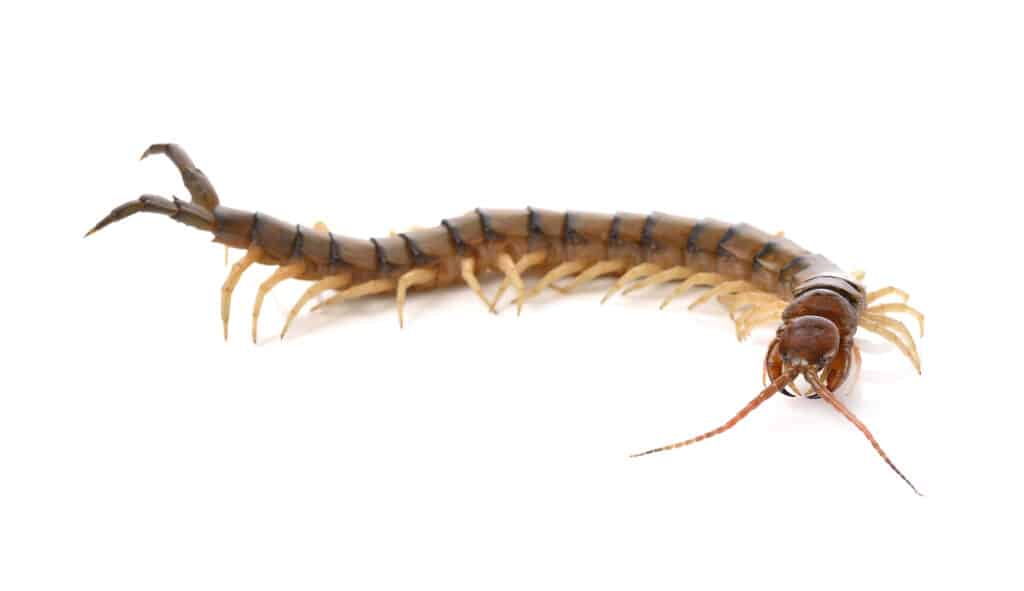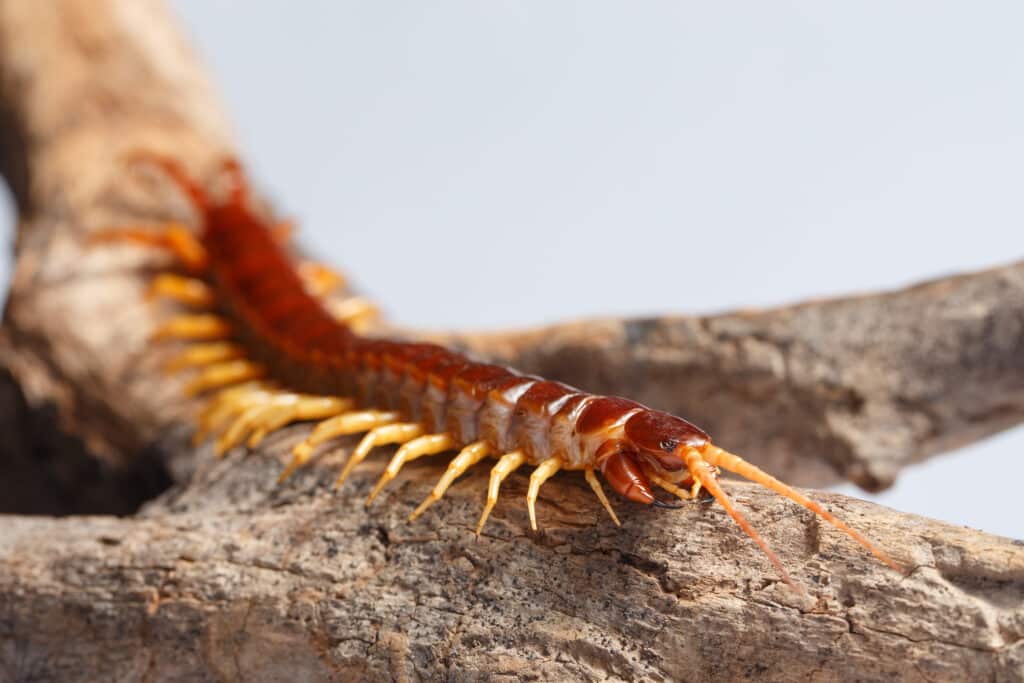
How to Prevent Centipedes | Tips for Tennessee Homeowners
While house centipedes help control other insects in your home, their alarming appearance with numerous legs and long antennae can be unsettling for many Tennessee homeowners. Learning how to prevent centipedes from entering your living spaces not only keeps these multi-legged visitors at bay but also helps reduce other pest problems. Here’s a comprehensive guide to keeping centipedes out of your Tennessee home.

Why Centipedes Enter Your Home
Before getting into prevention methods, it’s helpful to understand what attracts centipedes to your property:- They hunt other insects for food
- They seek damp, dark environments
- They can enter through very small openings
- They’re attracted to undisturbed areas with shelter
By addressing these factors, you can significantly reduce the likelihood of centipede encounters in your home.
How to Prevent Centipedes by Eliminating Their Food Source
Centipedes are predatory creatures that feed on other household pests. If they’re in your home, it likely indicates the presence of other insects serving as their food supply.Effective Food Source Elimination Strategies:
- Use insect traps to capture other household pests
- Apply appropriate sprays in problem areas where other insects gather
- Keep food properly stored and clean up crumbs and spills promptly
- Regularly empty and clean trash containers
- Address existing pest problems with DIY methods or professional help
By reducing the population of other insects in your home, you make your living space much less attractive to hunting centipedes.
How to Prevent Centipedes Through Entry Point Sealing
Centipedes are skilled climbers and can squeeze through surprisingly small openings. A thorough inspection and sealing of potential entry points is crucial for effective prevention.
Common Centipede Entry Points to Seal:
- Gaps beneath garage doors
- Unsealed or poorly sealed windows
- Cracks around door frames
- Foundation cracks and openings
- Utility penetrations (pipes, wires, vents)
- Spaces around air conditioner units
Even though centipedes are only about an inch long, they can flatten their bodies to access tiny crevices. Use appropriate sealants, weather stripping, and door sweeps to close these access points.
How to Prevent Centipedes Through Moisture and Shelter Control
Like many pests, centipedes thrive in damp, dark environments. Addressing moisture issues and eliminating potential shelter is a key component of prevention.
Indoor Moisture Control:
- Fix leaky pipes and faucets promptly
- Use dehumidifiers in basements, bathrooms, and other humid areas
- Ensure proper ventilation in bathrooms and kitchens
- Check for and repair any water damage
- Address condensation issues around windows and pipes
Outdoor Shelter Reduction:
- Keep mulch away from your foundation or minimize its use
- Store firewood elevated and away from your home
- Regularly trim tall grass and vegetation around your property
- Remove leaf litter, fallen branches, and yard debris
- Elevate stored items in basements and garages
By creating drier conditions and eliminating hiding spots, you make your property significantly less hospitable to centipedes.
When to Seek Professional Help for Centipede Prevention
While these DIY methods are effective for basic centipede prevention, persistent problems may require professional intervention. Consider contacting U.S. Pest Protection when:- You continue seeing centipedes despite prevention efforts
- You’ve identified multiple pest issues that may be attracting centipedes
- Your property has challenging moisture or structural issues
- You want comprehensive, long-term protection

Trust U.S. Pest Protection for Complete Centipede Prevention
Whether centipedes are your primary concern or simply a symptom of other pest problems, the experienced technicians at U.S. Pest Protection can help. Our comprehensive approach includes:
- Thorough property inspection to identify entry points and attractants
- Targeted treatments for existing centipede issues
- Implementation of preventive measures to keep centipedes out
- Addressing underlying pest problems that may be attracting centipedes
- Customized recommendations for your specific situation
Don’t wait until you’re face-to-face with these many-legged visitors in your bathroom or basement. Take proactive steps to prevent centipedes with help from the professionals.

